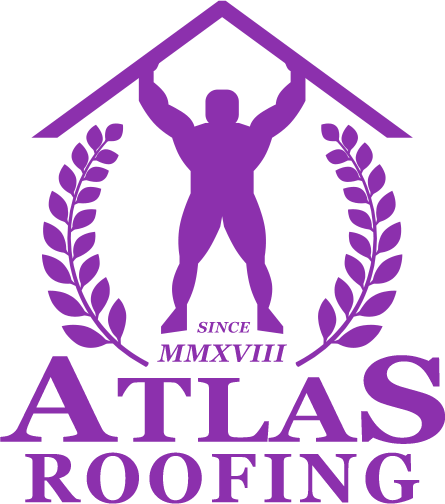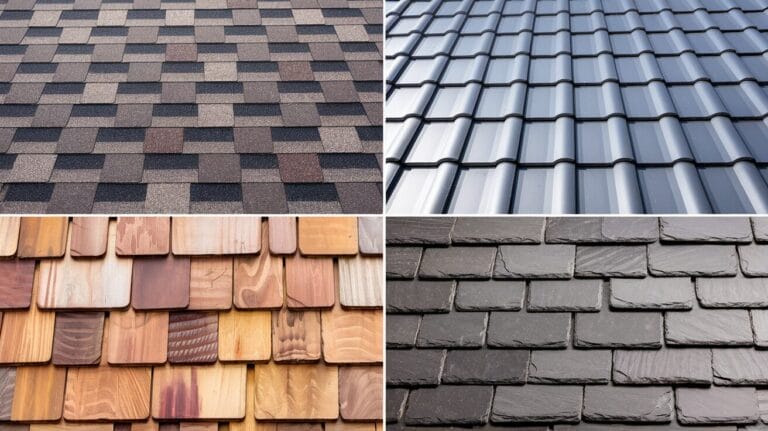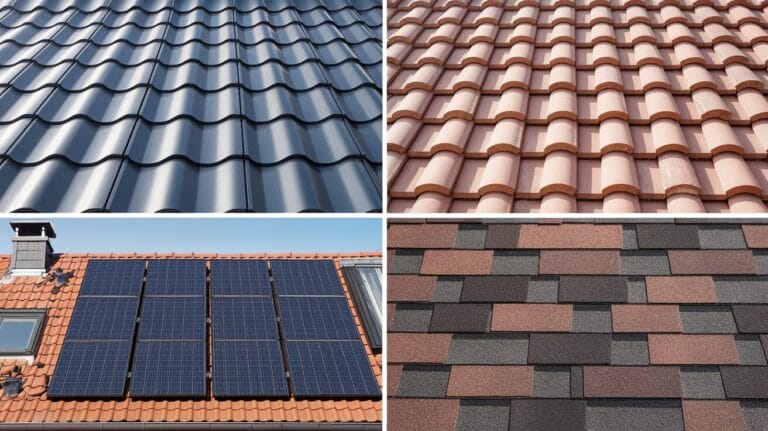Regular roof inspections are crucial for maintaining the integrity of your home and preventing costly repairs. Knowing when and how to inspect your roof can save you time and money in the long run. Here’s a comprehensive guide to conducting a thorough roof inspection:
Importance of Roof Inspections
When to Inspect Your Roof
It’s recommended to inspect your roof twice a year, ideally in the spring and fall. Additionally, inspect after severe weather events such as storms or heavy snowfall.
Preparing for Your Roof Inspection
Safety Precautions
Ensure you have proper safety gear such as a stable ladder, non-slip shoes, and fall protection if needed. Avoid inspecting the roof alone, especially if it involves climbing.
Necessary Tools and Equipment
- Stable ladder
- Flashlight
- Binoculars (optional for close inspection)
- Gloves
- Protective eyewear
Exterior Roof Inspection Checklist
Inspecting Shingles and Tiles
Check for any missing, cracked, or damaged shingles or tiles. Look for curling edges or granule loss on asphalt shingles, which can indicate aging or damage.
Checking for Moss, Algae, and Lichen
Clear any growth from the roof surface. Moss, algae, and lichen can retain moisture and cause damage over time if not removed promptly.
Examining Flashing and Sealant
Inspect the flashing around chimneys, vents, and skylights. Ensure it is securely fastened and free of cracks or gaps. Check sealant around these areas for signs of wear or deterioration.
Inspecting Gutters and Downspouts
Clean gutters and downspouts to prevent water buildup and ensure proper drainage away from the house. Check for any clogs or damage that could lead to overflow or water damage.
Looking for Signs of Water Damage
Inspect the roof surface and interior walls for signs of water stains, discoloration, or sagging areas. These can indicate water penetration and potential roof leaks.
Interior Roof Inspection Checklist
Checking Attic for Leaks
Examine the attic ceiling and walls for any signs of leaks, such as water stains, damp spots, or mold growth. Address any leaks promptly to prevent further damage to the roof structure and interior.
Inspecting Insulation
Ensure insulation is evenly distributed and in good condition. Wet or compressed insulation can indicate roof leaks or inadequate ventilation, which can lead to energy loss and moisture problems.
Looking for Mold and Mildew
Check for any signs of mold or mildew growth in the attic or on rafters. Proper ventilation and insulation can help prevent moisture buildup and mold growth.
Examining Roof Structure
Assess the roof structure for any signs of sagging or structural damage. Look for cracked rafters, damaged trusses, or signs of wood rot, which can compromise the roof’s stability.
Seasonal Roof Inspection Tips
Spring and Summer Inspection Tips
In spring and summer, focus on assessing the roof after winter weather and preparing for the warmer months. Check for damage from ice dams, and snow, and ensure the roof is ready for summer storms.
Fall and Winter Inspection Tips
In fall and winter, prepare the roof for colder weather. Clear debris and ensure gutters are free of leaves and ice dams to prevent water buildup that can lead to roof damage and leaks.
When to Call a Professional
If you’re uncomfortable with heights, have a steep or complex roof, or suspect significant damage, consider hiring a professional roofer for an inspection. Professionals have the expertise and safety equipment to conduct thorough assessments.
What to Expect from a Professional Roof Inspection
A professional roof inspection includes a detailed assessment of all roof components, from shingles and flashing to attic ventilation and structural integrity. They will provide a comprehensive report and recommendations for repairs or maintenance.
What Is Roof Underlayment?
Roof underlayment is a vital component of any roofing system, providing essential protection against moisture and weather elements. It acts as a barrier between the roof deck and the roofing material, enhancing the durability and performance of the roof.
For a detailed explanation of what roof underlayment is and its importance, read our comprehensive guide on What Is Roof Underlayment?



